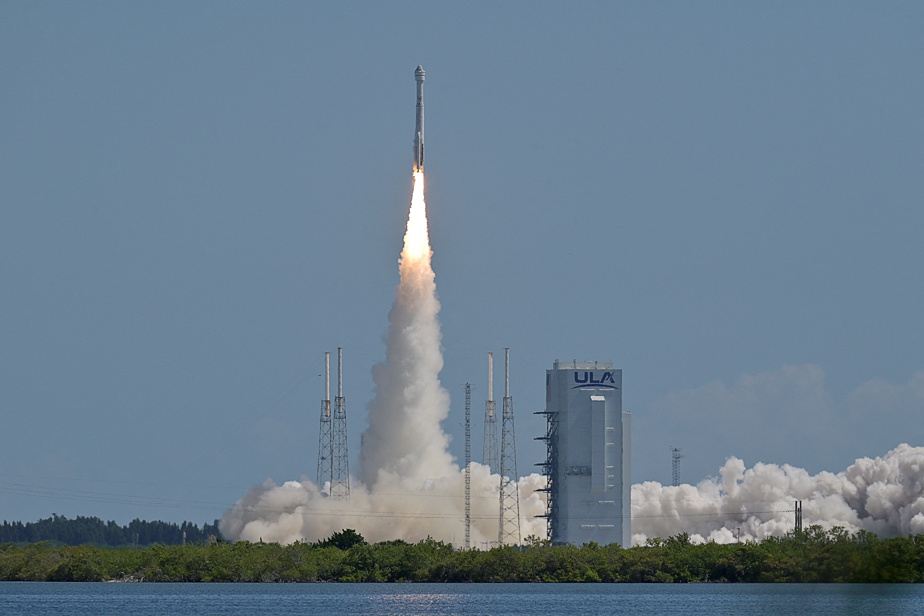(Washington) The two astronauts who arrived at the International Space Station three weeks ago aboard Boeing’s new Starliner spacecraft are not “stranded” there, NASA said Friday, even if the capsule’s return date is not ceases to be postponed and now depends on the analysis of new tests.
These tests concern in particular the problems encountered in flight on the capsule’s thrusters as it approached the Space Station (ISS) to dock there.
Ground tests on similar thrusters will be carried out to recreate the space environment and better understand the cause of the problem. These tests should last approximately two weeks, and a return date will only be set afterward.
“Butch and Suni are not stranded in space,” NASA official Steve Stich said at an unusually tense news conference. There is “no rush” for the vehicle to return, he added.
They are “not stuck in the ISS, the crew is not in danger”, also insisted Mark Nappi, senior manager at Boeing. “It’s quite painful to read the things that are going around. We’ve had a very good test flight so far, and it’s being perceived quite negatively,” he complained.
“We can bring Starliner in at any time,” he insisted. But “we don’t understand (the problems encountered, Editor’s note) well enough to fix them permanently, so the only way to do it is to take the time” and “collect more data”.
In addition to the thrusters, another anomaly affects Starliner, a new vehicle ordered 10 years ago by NASA to serve as a space taxi transporting its astronauts to the ISS.
NASA and Boeing are still investigating the cause of helium leaks detected in flight. Helium is not flammable but is used for the propulsion system. The ship, however, still has a sufficient quantity of helium to return, according to the space agency.
This mission, carried out by Boeing years behind schedule, is Starliner’s first with a crew, and is necessary for the capsule to obtain NASA certification and then be able to begin regular operations.
In the meantime, NASA astronauts have already been joining the ISS thanks to SpaceX vessels for four years.




